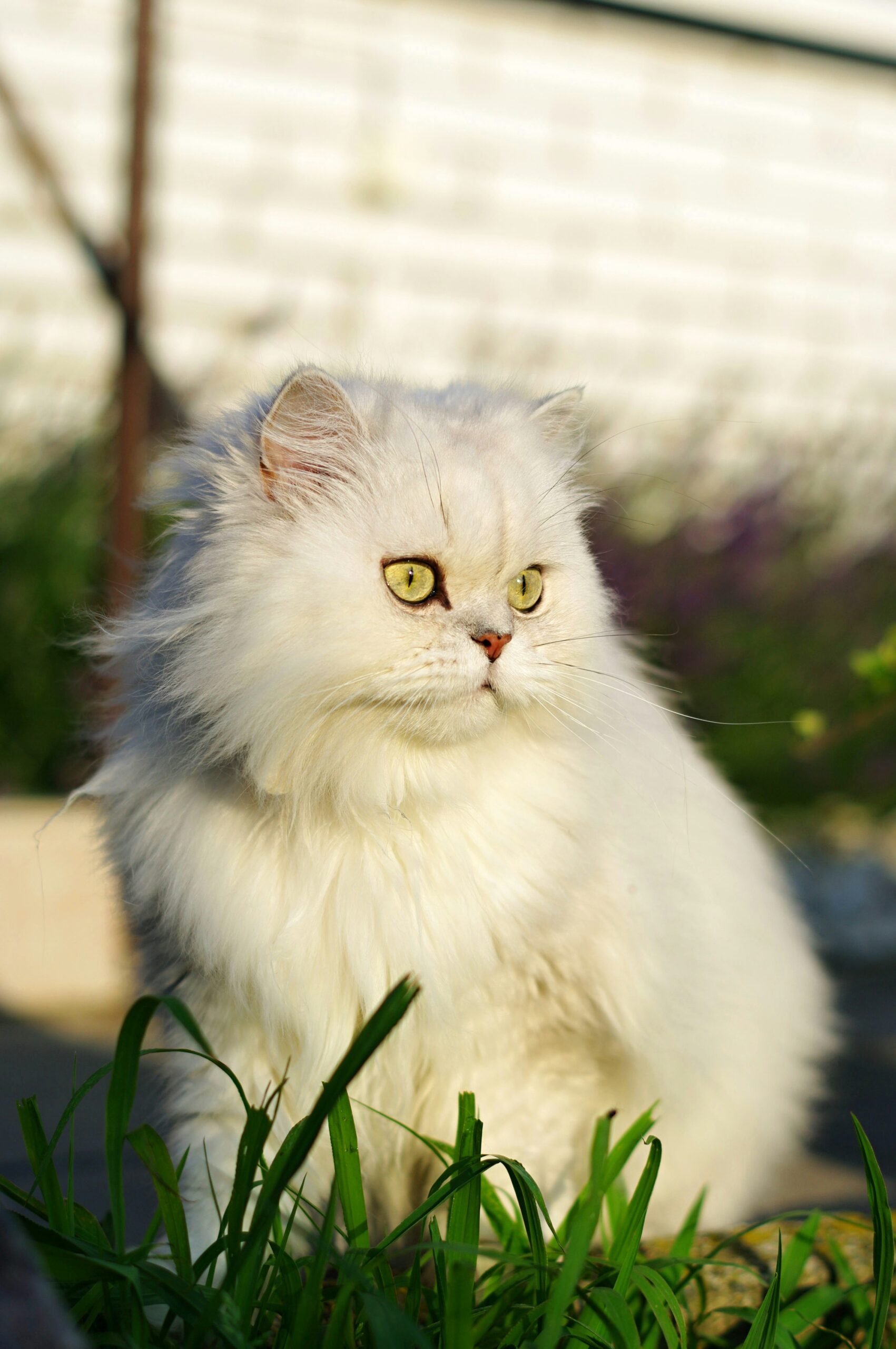
Persian cats are among the most beloved and recognizable feline breeds, known for their luxurious coats, sweet personalities, and charming expressions. However, their beauty comes with responsibility. Persian cats require special care to keep them happy and healthy. Whether you’re a new owner or a long-time Persian cat enthusiast, following the right care routine can make a significant difference in your pet’s quality of life.
In this article, we’ll cover five essential Persian cat care tips to ensure your feline friend remains in top condition. From grooming to diet and exercise, let’s explore how you can provide the best care for your Persian cat.
1. Maintain a Regular Grooming Routine
Persian cats are famous for their long, silky fur, which requires dedicated maintenance. Without proper care, their coats can become tangled and matted, leading to discomfort and health issues.
How Often Should You Brush Your Persian Cat?
- Daily brushing is highly recommended to prevent knots and mats.
- Use a wide-tooth comb or a stainless-steel brush to gently detangle their fur.
- Pay extra attention to the chest, belly, and behind the ears, where tangles often form.
- Consider using a leave-in conditioner to keep their fur smooth and silky.
Bathing Your Persian Cat
- Unlike short-haired breeds, Persians may need a bath every 2 to 4 weeks.
- Use a mild, cat-friendly shampoo to avoid skin irritation.
- Rinse thoroughly to remove all soap residues.
- Dry your cat with a soft towel and a low-heat blow dryer to prevent chills.
2. Keep Their Eyes and Face Clean
Persian cats have flat faces (brachycephalic features), which can lead to excessive tearing. If not cleaned regularly, their tear stains can cause infections and discomfort.
How to Clean Your Persian Cat’s Eyes?
- Use a soft cotton pad or a damp cloth to wipe away any discharge.
- Opt for veterinarian-approved eye wipes if your cat has persistent tearing.
- Make this a daily routine to prevent tear stain buildup.
- Check for any signs of redness or swelling, as they may indicate an infection.
Face Cleaning Tips
- Use a damp cloth to wipe your cat’s face gently, especially around the mouth and nose.
- Keep the fur around the eyes and nose trimmed to reduce irritation.
- If you notice persistent breathing issues, consult a vet, as Persian cats are prone to respiratory problems due to their facial structure.
3. Provide a Nutritious Diet
A well-balanced diet is key to keeping your Persian cat healthy. Due to their flat faces, Persians can sometimes struggle to eat certain types of food. Selecting the right diet will ensure they get all the nutrients they need.
What Should You Feed Your Persian Cat?
- High-quality protein sources like chicken, fish, and turkey.
- Omega-3 and Omega-6 fatty acids to maintain a shiny coat.
- Wet food is often easier for Persians to eat compared to dry kibble.
- If using dry food, ensure it’s designed for Persian cats with appropriately shaped kibble.
Hydration is Key
- Persians can be prone to kidney and urinary tract issues.
- Provide fresh, clean water at all times.
- Consider using a cat water fountain, as some cats prefer running water.
4. Encourage Playtime and Exercise
Persian cats may be known for their laid-back and relaxed personalities, but that doesn’t mean they don’t need exercise! Ensuring they stay active is essential to preventing obesity and keeping them mentally stimulated.
Best Ways to Keep Your Persian Cat Active
- Provide interactive toys like feather wands or laser pointers.
- Use cat trees and scratching posts to encourage climbing and stretching.
- Schedule daily play sessions to keep them engaged.
- Consider getting a second cat as a playmate, but ensure proper introductions.
Why is Exercise Important for Persian Cats?
- Prevents obesity, which can lead to joint issues and diabetes.
- Reduces stress and boredom.
- Helps maintain a healthy heart and muscle tone.
5. Regular Vet Checkups and Health Monitoring
Persian cats are prone to certain genetic health issues, making regular vet visits essential.
Common Health Issues in Persian Cats
- Respiratory problems due to their flat faces.
- Polycystic kidney disease (PKD), a common hereditary condition.
- Dental issues, as their small jaws can lead to overcrowded teeth.
- Eye infections caused by excessive tearing.
How Often Should You Visit the Vet?
- Schedule annual checkups to monitor overall health.
- If your Persian cat has a chronic condition, follow your vet’s recommendations for frequent visits.
- Watch for any signs of illness, such as loss of appetite, lethargy, or excessive scratching.
Conclusion
Owning a Persian cat is a rewarding experience, but it requires commitment to their unique needs. By following these five Persian cat care tips, you can ensure your feline companion remains happy, healthy, and well-groomed. Regular grooming, a nutritious diet, routine vet visits, and plenty of love and attention will keep your Persian cat thriving for years to come.
Are you ready to give your Persian cat the best life possible? Start incorporating these tips today and enjoy the companionship of your beautiful, healthy pet!